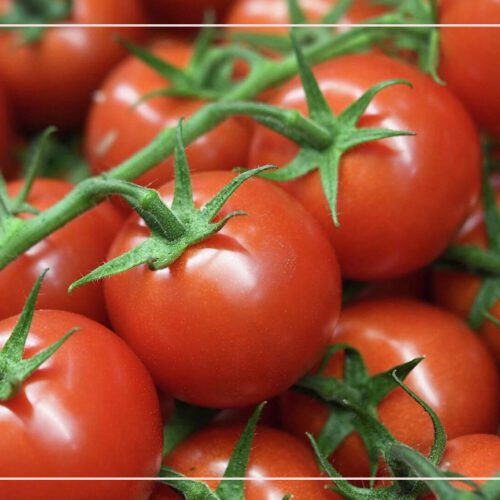
Wastewater, Environmental Risk to Sustainable Energy
These days, the whole world is witnessing a catastrophic water shortage. Many water resources are becoming anthropogenically polluted by variable sources like industrial waste, agricultural pollutants, household radio activities, and others. Wastewater sustainable treatment becomes a necessity before leaving it to nature.
The importance of wastewater recycling management has become irrefutable in our life because of limited water sources, increasing wastewater disposal costs, and the strict regulations that have lowered the permitted level of contaminants.
What are the main options to confront the challenge of fresh water shortage?
- Desalination
- Water conservation efforts
- Recycling and reuse of process and wastewater
- Rainfall infrastructure projects (dams, reservoirs, and water carriers).
Types of wastewater
Wastewater is categorized into two main categories according to its origins:
-
Domestic wastewater
Domestic wastewater refers to the flows discharged from residential sources like food preparation, laundry, cleaning, and personal hygiene, and other similar activities.
-
Industrial wastewater
Industrial/ commercial wastewater refers to the flows discharged from commercial and manufacturing activities such as canned food processing, pharmaceuticals, power plants, and many others.
The difference between domestic and industrial wastewater is their origin: the former is naturally domestic while the latter is discharged by industrial activities and where the production of goods is executed.
In other words, the difference between the two types is based on the nature of activities from which each type has been formed, and not determined by the quantity or the nature of the pollution which makes it more applicable to sewage networks.
How can wastewater be recycled?
The main goal of wastewater treatment is to extract all serious pollutants from the wastewater like organic carbon, heavy metals, inorganic salts, pathogens, and so on. With this process, we guarantee huge protection in terms of the environment and human health. One of the sustainable treatment methods is to use microalgae as bio-accumulators or bio absorbers of contaminant loads from wastewater.
Algae usage for wastewater treatment
The idea of using algae is based on their photosynthetic ability, and it’s considered the optimal solution due to its lower operating and capital costs and the quality of the treated wastewater.
Algal systems can be applied to treat human sewage, livestock, agro-industrial, and industrial wastes. It also can be effective in removing toxic pollutants and heavy metals such as cadmium, mercury, scandium, and many others. “This system functions well in regions experiencing high solar radiation and temperature while the removal of the contaminants is a natural process.”
The process begins when solar radiation falls on algae, it chemically reacts launching oxygen which will be used by aerobic bacteria which execute the process of biodegradation of pollutants and contaminants and release carbon dioxide (Co2) which is absorbed by algae.
Advantages of this method
Using algae for wastewater treatment is highly recommended because it’s cost-efficient, lowenergy consumption minimizes sludge formation, and reduces emissions of greenhouse gasses. It also generates organic components like bio-ethanol and bio-butane. In addition, it produces a fair amount of biomass energy which can be used to generate electricity and heat.
More studies need to be conducted regarding algae settling and its bioremediation in wastewater treatment because algae rarely settle well.
Related topic: Biopesticides, A Step Towards Sustainability
Wastewater recycled for irrigation:
It’s a new process that involves using treated wastewater to meet irrigation needs in a very beneficial way. That will economize the water sources upstream and minimize the pollution downstream. In addition, the wastewater (whether purified or not) contains variable amounts of nutrients like nitrogen, phosphorus, potassium, and many others. These elements of which soil usually suffers from its deficiency. “The number of nutrients found in the treated wastewater must be checked regularly to consider the fertilizer requirements and other supplements of irrigated crops.”
We can ensure that wastewater can be recycled and reused for the irrigation system. We should check some certain chemicals and substances like:
Salinity
A high relative of salt in the soil probability will reduce the planting productivity and may cause a major failure to the soil. Hence, the salt in the soil must be measured before using treated wastewater. It can be detected by measuring the electrical conductivity of the water or determining the total amount of dissolved solids.
Sodium:
A high level of sodium concentration over the levels of calcium and magnesium (above 3:1) can reduce the availability of water and affect soil permeability.
Chlorine
Chlorine concentrations can damage most plants at the level of 5 mg/l, and it can be 0.05 mg/l for sensitive plants.
High levels of chlorine can remain in the wastewater and it requires a specific treatment before reuse.
Traces of heavy metals
High levels of nickel, copper, cadmium, zinc, molybdenum, mercury, and lead can be highly contaminant for plants and animals and harm the soil. The damage caused by the propagation of any of these elements can transmit all along the food chain.
You can now check the full list of Environmental Products
produced by Almardia Group
Common Questions:
-
Can industrial wastewater be recycled?
Advanced industries can recapture wastewater and apply many purification processes to the recycled water. This would help in several applications like washing, spraying, rinsing, cooling, plating, coating, boiler water structure, cooling tower structure, and fire extinguishing systems.
-
Is recycling wastewater sustainable?
We can notice that collecting and recycling wastewater can be affordable and technically feasible. Plus, this complicated treatment process can turn an environmental problem into a sustainable source of energy.
-
How can people reuse and recycle water?
- use a bucket in the shower
- reuse water from old drinking bottles
- use a rain barrel to collect runoff from your roof
- water the garden and home plants with pasta or rice water
- reuse the water you washed your food(vegetables and fruits) with.
- install a gray water collection system.





